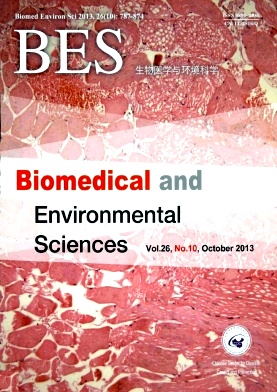Inactivation and Regrowth of Antibiotic-resistant Bacteria by PAA Disinfection in the Secondary Effluent of a Municipal Wastewater Treatment Plant
doi: 10.3967/bes2013.012
-
Key words:
- heterotrophic bacteria
Abstract:
Inactivation and microbial regrowth of penicillin-,ampicillin-,cefalexin-,tetracycline-,chloramphenicol-,and rifampicin-resistant bacteria were studied to explore risks associated with selection and regrowth of antibiotic-resistant bacteria after PAA disinfection.The results showed that after exposure to 20 mg/L PAA for 10 min,inactivation of ampicillin-resistant bacteria reached 2.3-log,which was significantly higher than that of total heterotrophic bacteria with a decrease of 2.0-log.In contrast,inactivation of tetracyclineresistant bacteria was significantly less efficient,reaching only 1.1-log.Chloramphenicol-and tetracycline-resistant bacteria,as well as total heterotrophic bacteria regrew more than 10 fold compared to those in the untreated wastewater sample with 22 h stilling culture after exposure to 2 or 5 mg/L PAA as for 10 min.Selection and potential regrowth of tetracycline-and chloramphenicol-resistant bacteria are potential risks when utilizing PAA disinfection,which may induce the spread of specific antibiotic-resistant bacteria in reclaimed water.
| Citation: | HUANG Jing Jing, XI Jing Ying, HU Hong Ying, TANG Fang, PANG Yu Chen. Inactivation and Regrowth of Antibiotic-resistant Bacteria by PAA Disinfection in the Secondary Effluent of a Municipal Wastewater Treatment Plant[J]. Biomedical and Environmental Sciences, 2013, 26(10): 865-868. doi: 10.3967/bes2013.012 |







 Quick Links
Quick Links
 DownLoad:
DownLoad: